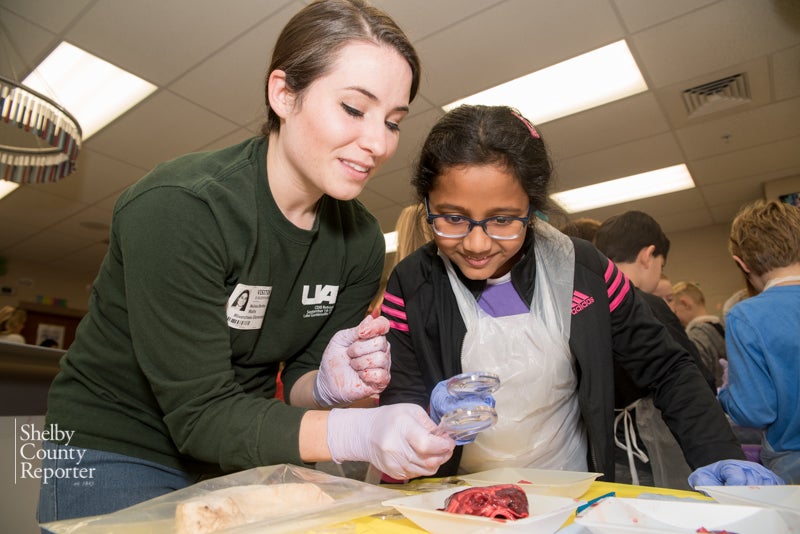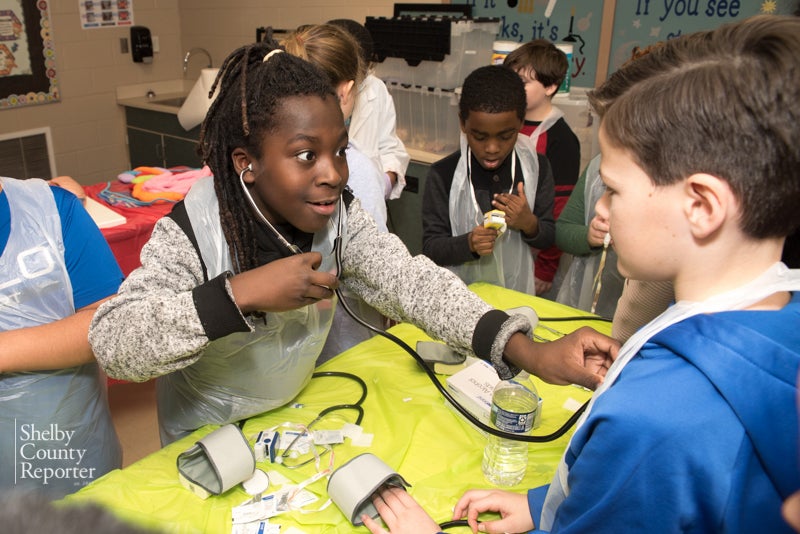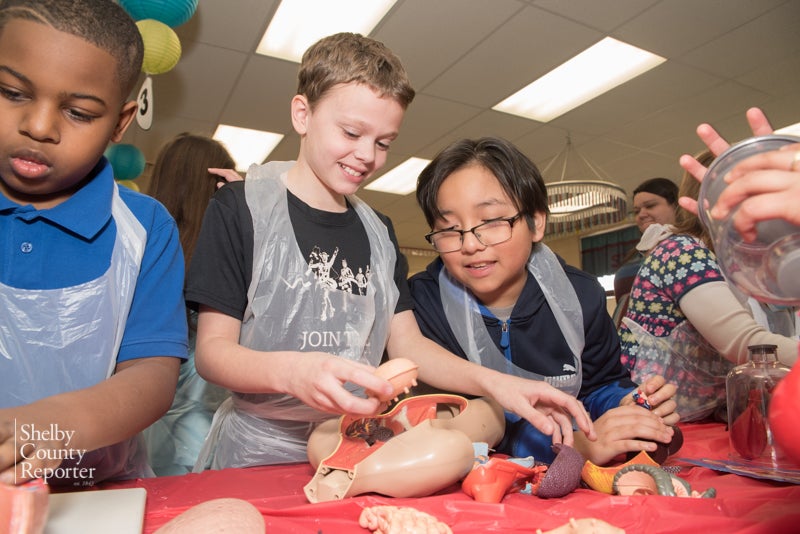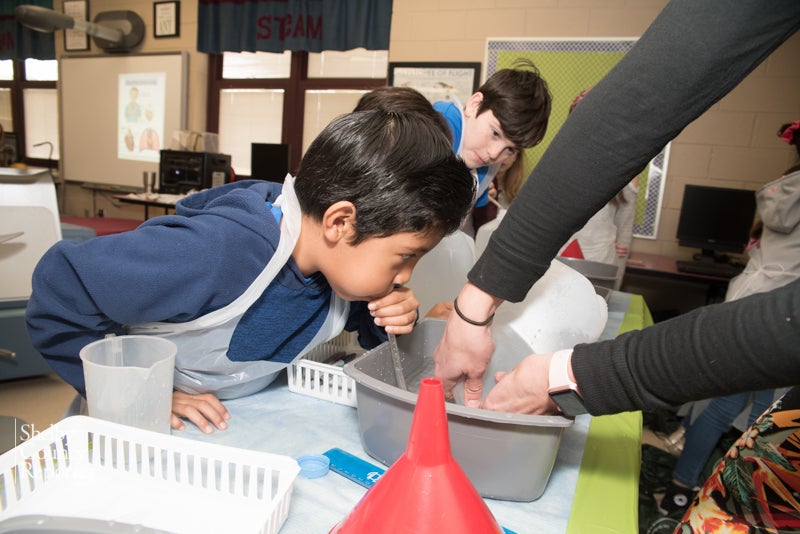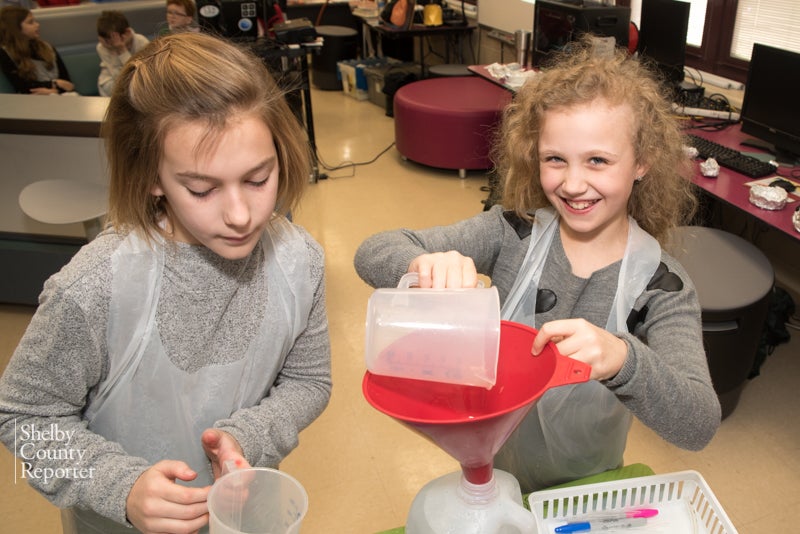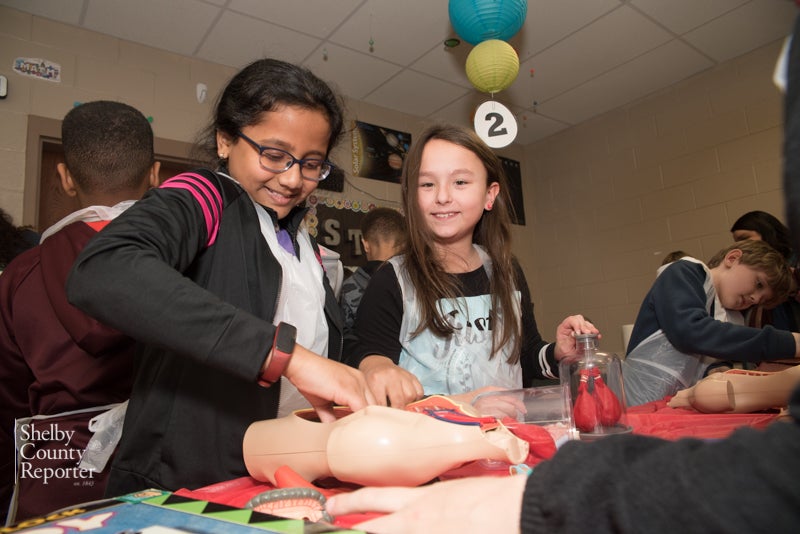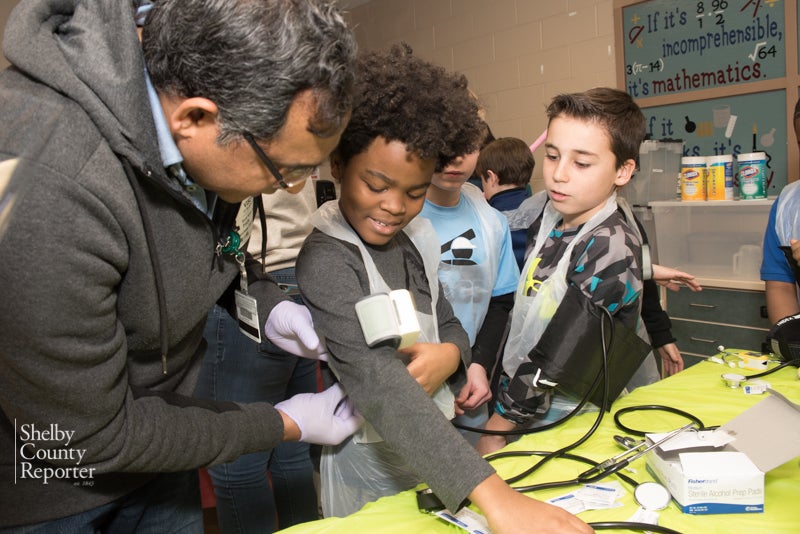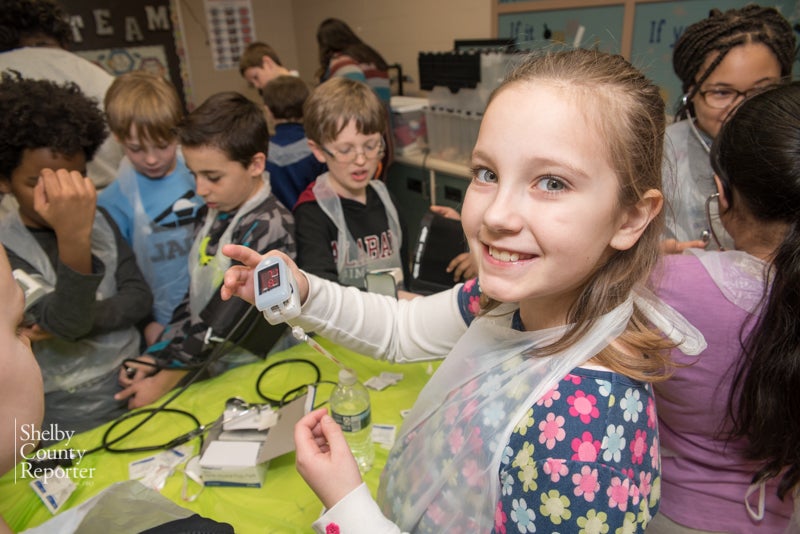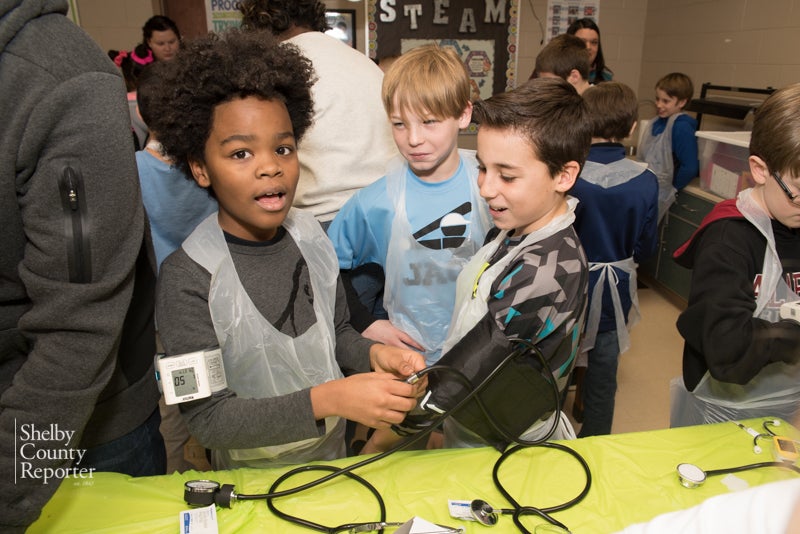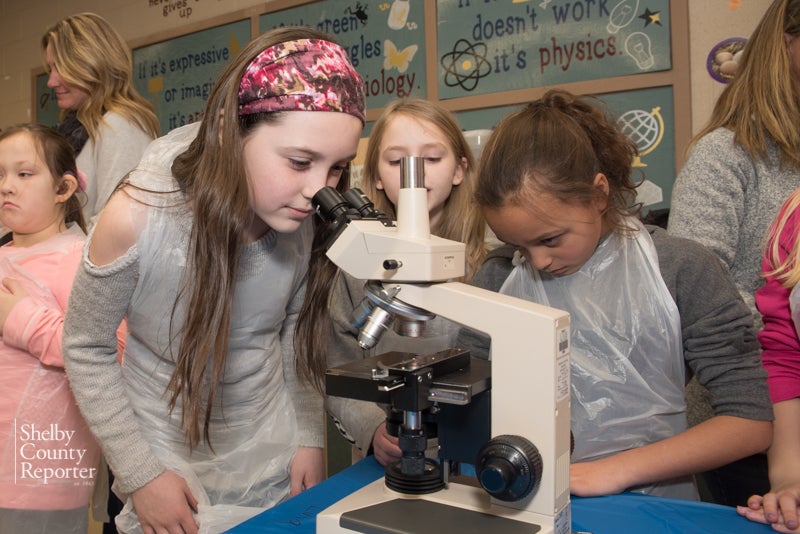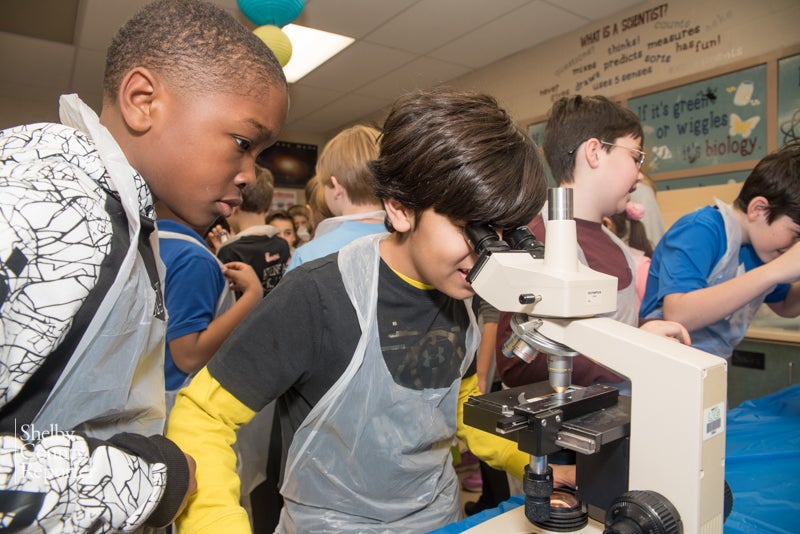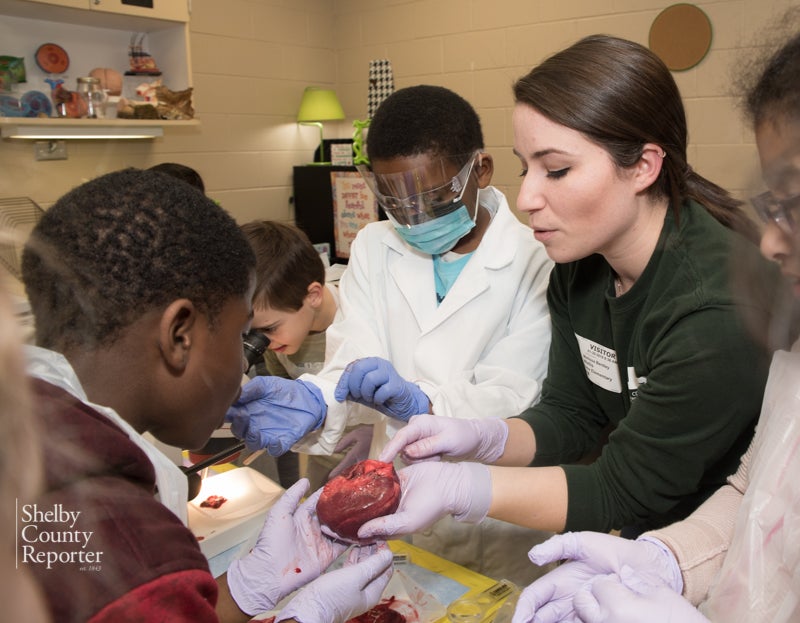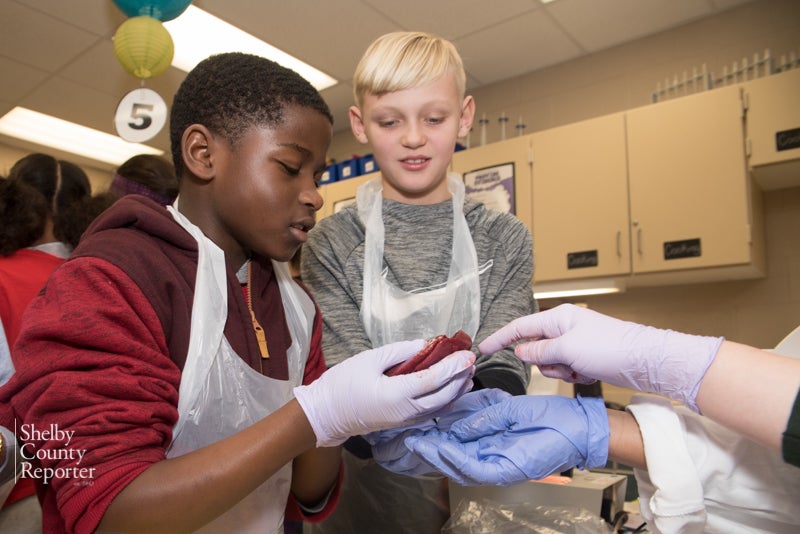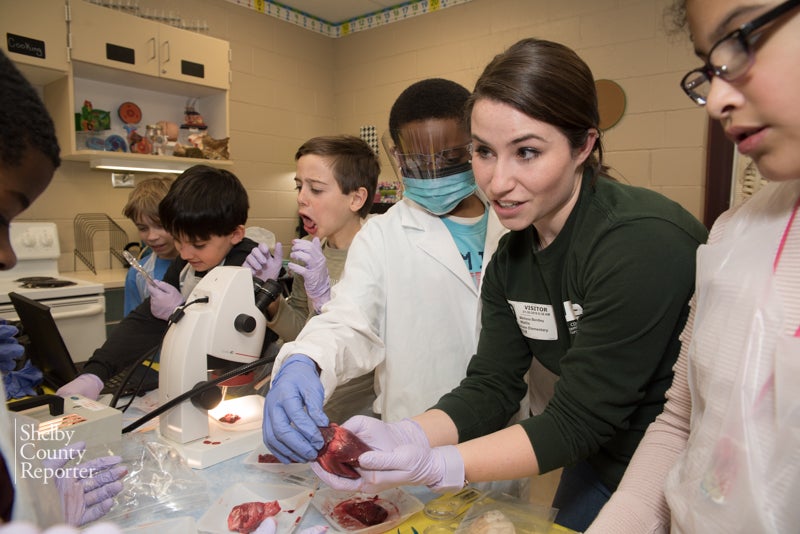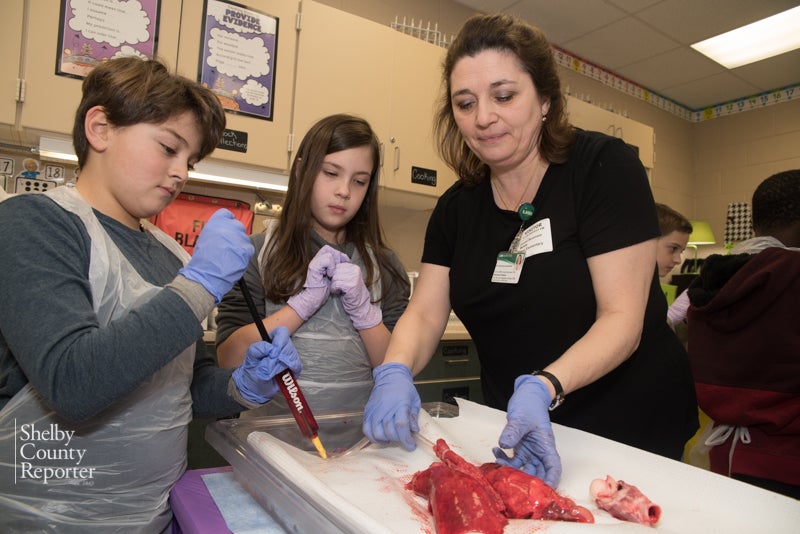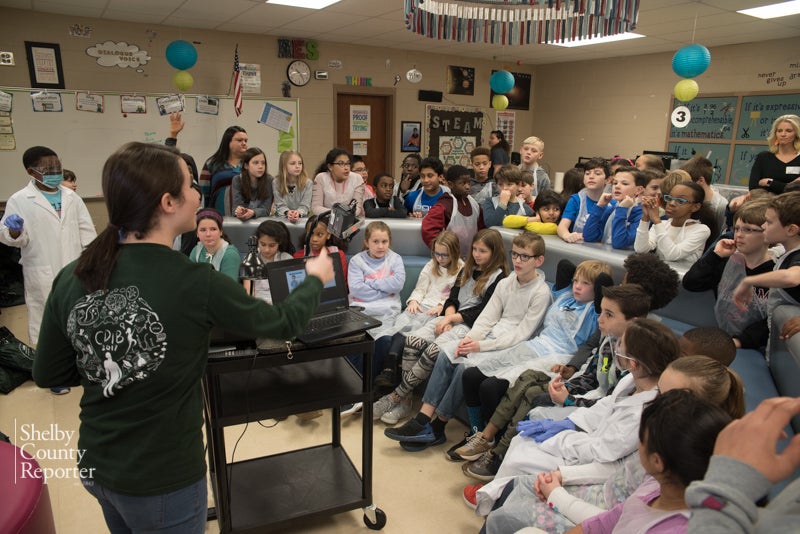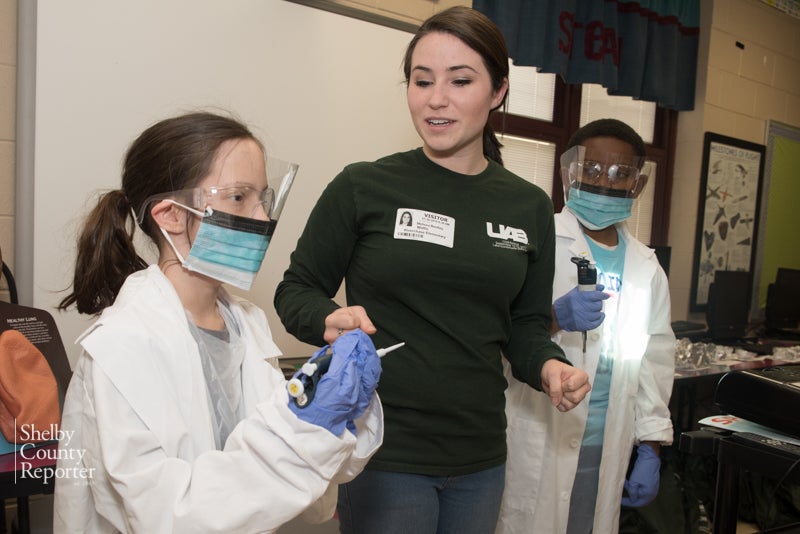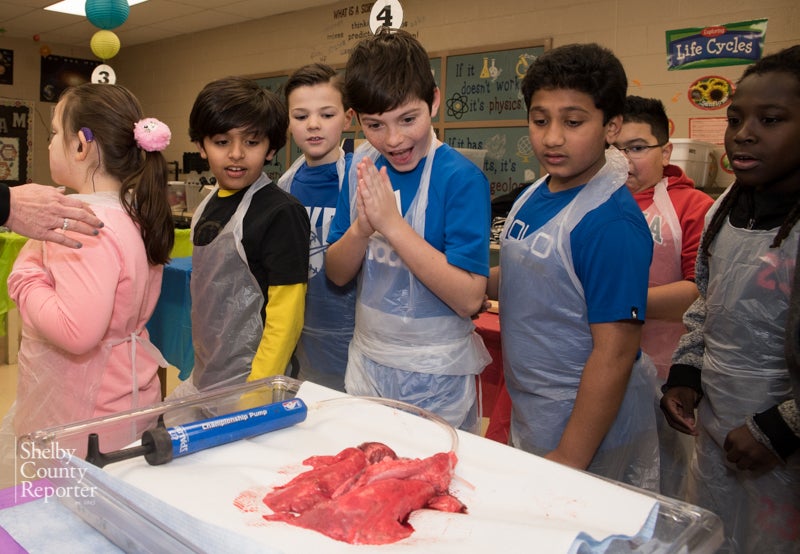Science Outreach Program offers hands-on learning at Riverchase Elementary
Published 2:48 pm Thursday, January 31, 2019
HOOVER – Riverchase Elementary School students learned about physiology on Wednesday, Jan. 30, with face-to-face interaction with scientists and hands-on activities.
The University of Alabama Birmingham Cell, Developmental and Integrative Biology Science Outreach Program visited the school as it has the past several years, and about 250 students in second and fourth grades participated in exercises that included studying a animal organs for insight into how the human counterparts work.
“They pretend that they hate it, but they all really want to touch it,” said Carmel McNicholas-Bevensee, an assistant professor who runs the Science Outreach Program and was leading a station that included pumping air into pig lungs so students could see how an organ looks when it is in action.
“Our goal is to spark an interest in science, to teach them in part how their body works, and how to stay healthy and make good choices,” McNicholas-Bevensee said.
Some students were less eager than others to feel the organ, but all participated, even the student whose assessment was, “That doesn’t feel right.”
Riverchase STEAM teacher Abra Wallis said the program is especially beneficial for second and fourth graders because their studies include introductory body systems and specific body systems, respectively.
Typically, the Outreach Program visits the school for two days, but with the school being closed on Jan. 29 because of the threat of inclement weather, officials decided to fit the program into one day. So, instead of about 40 students going through at any given time, this year there were about 60 students at a time.
“It was a little extra chaotic,” Wallis said, but no one seemed to mind as they looked at tissue under microscopes and checked each other’s blood pressure.
UAB professors and students were aided by parent volunteers to run the program.
A “debriefing” was held on Thursday, Jan. 21, to go over the lessons learned.
“A lot of them talked about the feeling of the heart and the look of the lungs,” Wallis said. “When we’re talking about these things in class, it’s an abstract idea, but they were able to put an experience with it. It’s hard to experience that in an everyday science classroom setting.”


